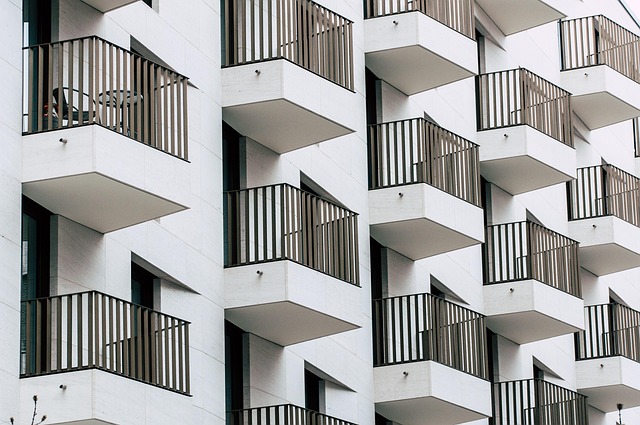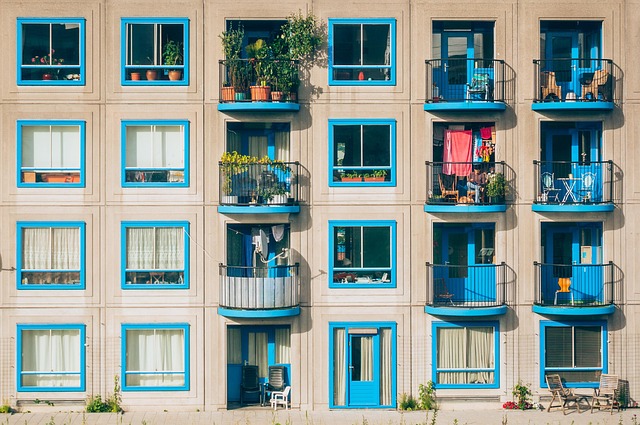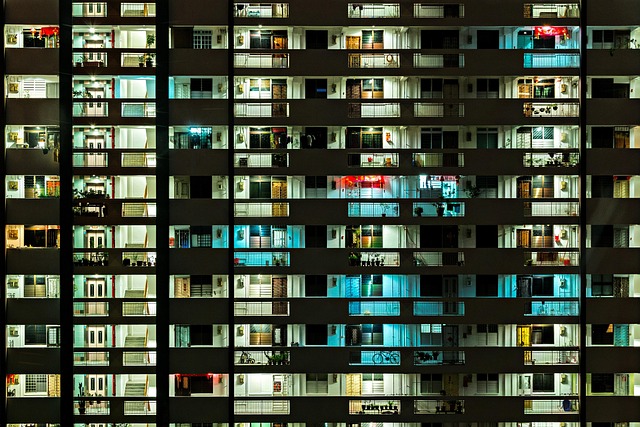As a landlord, understanding and fulfilling your responsibilities regarding mold is crucial for maintaining a safe, habitable rental property. Upon tenant reports of mold, conduct swift inspections to locate moisture sources (often in bathrooms or kitchens), implement corrective measures like repairing leaks or improving ventilation, and keep tenants informed throughout the process. Effective communication, thorough remediation, adherence to legal requirements, and regular inspections are key to upholding your duties and ensuring a healthy living environment for your tenants while mitigating potential legal issues.
As a landlord, addressing mold complaints is a critical aspect of property management. Understanding your responsibilities for mold control is essential to maintaining a safe and healthy living environment for tenants. This article guides you through the process, from identifying and addressing mold issues to navigating legal obligations and implementing effective remediation strategies. Learn about preventive measures to avoid future problems and ensure compliance with landlord responsibilities for mold, ultimately fostering a positive tenant experience.
- Understanding Landlord Responsibilities for Mold
- Identifying and Addressing Mold Complaints
- Legal Obligations and Tenant Rights
- Effective Mold Remediation Strategies
- Preventive Measures to Avoid Future Issues
Understanding Landlord Responsibilities for Mold

As a landlord, it’s crucial to understand your responsibilities regarding mold issues in rental properties. In many jurisdictions, landlords are legally bound to maintain safe and habitable living conditions for their tenants. This includes taking proactive measures to prevent mold growth and addressing any instances of existing mold promptly. Mold can pose significant health risks, particularly for individuals with respiratory conditions or allergies.
When a tenant reports mold, the landlord must act swiftly. This involves conducting a thorough inspection to identify the source and extent of the mold problem. Repairing water leaks, improving ventilation, and ensuring proper moisture control are common steps to mitigate mold growth. It’s essential to communicate effectively with tenants throughout the process, providing clear timelines and updates on repairs to maintain trust and ensure tenant satisfaction.
Identifying and Addressing Mold Complaints

Identifying and addressing mold complaints is a crucial aspect of a landlord’s responsibilities. As soon as a tenant informs you about mold issues, it’s essential to take immediate action. Start by thoroughly inspecting the property to pinpoint the source of moisture that leads to mold growth. Common areas affected include bathrooms, kitchens, and places with poor ventilation or water leaks.
Once the source is identified, develop a plan to address the problem effectively. This might involve repairing leaks, improving ventilation, or even replacing damaged materials. Ensure you communicate openly with your tenant throughout the process, keeping them informed about progress and any necessary precautions they should take. Prompt action demonstrates your commitment to maintaining a safe and healthy living environment for your tenants.
Legal Obligations and Tenant Rights

As a landlord, it’s crucial to understand your legal obligations regarding mold issues in rental properties. According to many jurisdictions, landlords are responsible for maintaining safe and habitable living conditions. This includes addressing mold growth promptly as it can pose significant health risks to tenants. In terms of tenant rights, they have the right to live in an environment free from hazardous conditions, and mold often falls under this category.
When a tenant raises a mold concern, landlords must act swiftly. This involves conducting thorough inspections, identifying the source of moisture, and implementing effective remediation strategies. Keeping detailed records of communication, maintenance tasks, and repairs is essential for both parties’ protection. By fulfilling these responsibilities, landlords can ensure compliance with laws and maintain healthy relationships with their tenants.
Effective Mold Remediation Strategies

As a landlord, it’s crucial to understand that effective mold remediation goes beyond surface-level cleaning. It involves a systematic approach to addressing the root causes and preventing future growth. The first step is identifying the source of moisture intrusion, whether from leaks, poor ventilation, or high humidity levels. Promptly fixing any plumbing issues, improving air circulation, and using dehumidifiers can significantly reduce moisture levels, creating an environment unsuitable for mold development.
During remediation, it’s essential to follow strict protocols. This includes wearing protective gear, such as masks and goggles, to avoid inhaling mold spores. Heavily contaminated areas might require professional intervention with specialized equipment. Once the affected area is cleaned and dried, apply an anti-mold treatment to prevent regrowth. Regular inspections and maintenance can help identify and address any recurring moisture problems, ensuring a healthy living environment for your tenants and upholding your landlord responsibilities regarding mold.
Preventive Measures to Avoid Future Issues

As a landlord, one of your primary responsibilities is ensuring the safety and health of your rental properties. Preventing mold growth is crucial to maintaining a comfortable living environment for tenants and avoiding legal complications. Regular inspection is key; check for any signs of moisture or water damage during routine visits. Address leaks promptly, as even small issues can lead to significant mold problems over time. Implement proper ventilation in damp areas like bathrooms and kitchens to reduce humidity levels. Encourage responsible tenant behavior by educating them on the risks of excessive moisture and the importance of quick cleanup of spills or leaks. Regularly cleaning and maintaining the property can also deter mold growth, so consider establishing a rigorous upkeep schedule.
To further mitigate risks, consider enhancing your rental space with mold-resistant materials, especially in areas prone to high humidity. This could involve using specific paints or treatments during construction or renovation projects. Additionally, staying updated on local building codes and regulations related to mold prevention can help you maintain compliance and protect yourself from potential lawsuits tied to landlord responsibilities regarding mold.
